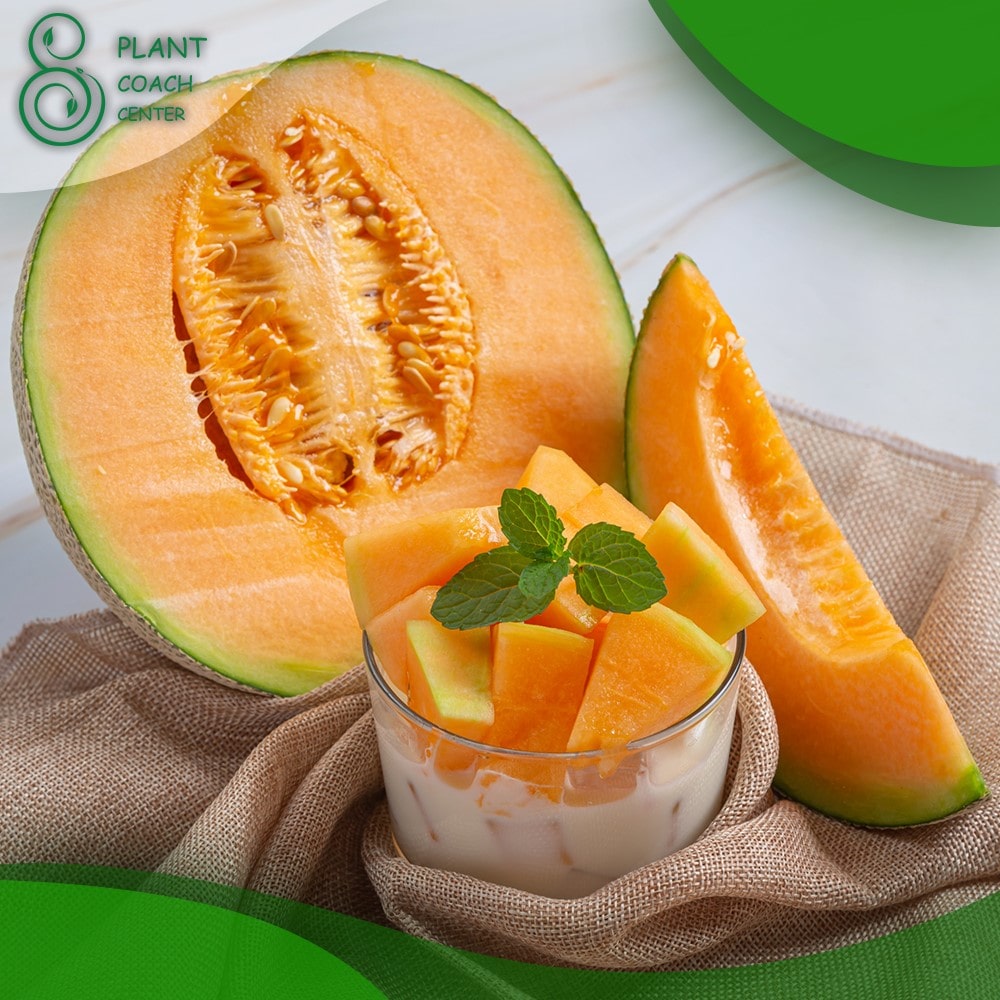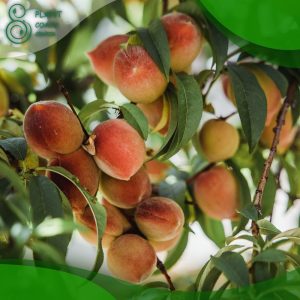Introduction
Melons are a garden favorite, known for their sweet, refreshing taste and a satisfying crunch. But have you ever stopped to think, “How do melons grow?” If you have, you’re in the right place. In this comprehensive guide from PlantCoachCenter.com, we’ll delve into the life cycle of a melon, the conditions it needs to thrive, and some common growing problems you might encounter.
The Life Cycle of a Melon
Understanding the life cycle of a melon is crucial to successful cultivation. Let’s break it down:
Seed Germination
Melon growth begins with a seed. When planted in warm, moist soil, the seed’s outer shell softens, allowing the embryonic plant inside to emerge. This process, known as germination, usually takes about 3-10 days.
Vine Growth
Once the seed has germinated, the melon plant begins to grow rapidly. It develops a long, trailing vine that can reach lengths of up to 20 feet. The vine’s rapid growth allows it to quickly cover ground and compete for sunlight.
Flowering and Pollination
As the vine matures, it produces flowers. Melon plants are typically monoecious, which means they have separate male and female flowers on the same plant. Pollination generally requires the help of insects, like bees, to transfer pollen from the male flowers to the female flowers.
Fruit Development
After successful pollination, the female flower develops into a fruit. As the fruit grows, the plant continues to nourish it until it reaches maturity. The size of the fruit will depend on the variety of melon.
Harvesting
The final stage in the melon life cycle is harvesting. Melons are generally ready to harvest when they become fragrant and start to slip from the vine easily.
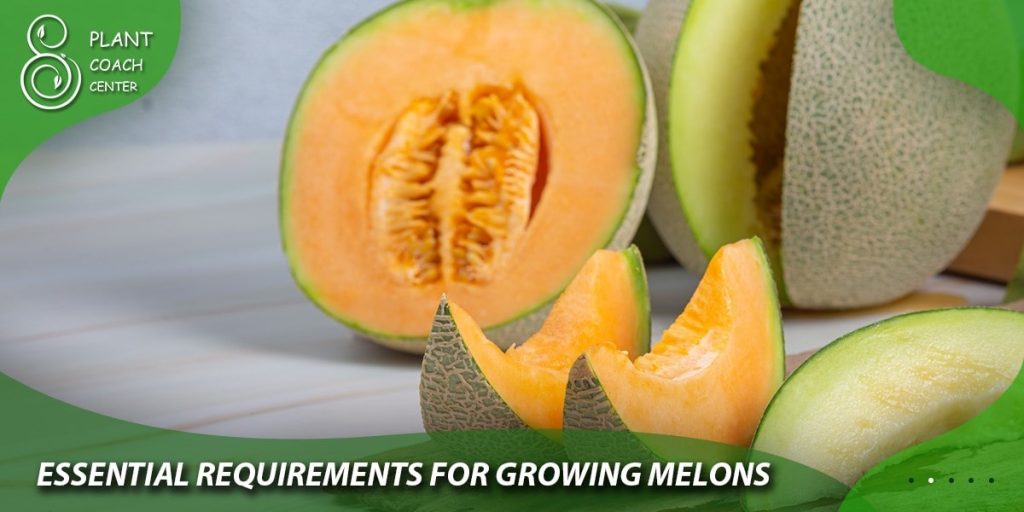
Essential Requirements for Growing Melons
Growing melons successfully requires understanding their basic needs.
Sunlight
Like most fruit plants, melons love the sun. They need at least six hours of sunlight each day to thrive. However, they can tolerate some shade, especially in hotter climates.
Soil
Melons prefer well-drained soil rich in organic matter. A pH level between 6.0 and 6.8 is ideal. The soil should be loose and airy to allow the roots to penetrate deeply.
Water
While melons need regular watering, overwatering can lead to diseases. It’s best to water deeply but infrequently, allowing the soil to dry out slightly between waterings.
Temperature
Melons are warm-season crops. They need temperatures between 70°F and 90°F to grow properly. They are sensitive to frost and should be planted after the last frost date in your area.
Common Problems and Solutions When Growing Melons
Growing melons can come with its share of challenges. Here are a couple of common problems and how to solve them:
Pests
Melons are susceptible to several pests, including aphids, cucumber beetles, and vine borers. Organic pest control methods like introducing beneficial insects or using neem oil can help manage these pests.
Diseases
Fungal diseases like powdery mildew and anthracnose can affect melon plants, especially in wet conditions. To prevent these, ensure proper spacing between plants for good air circulation and water at the base of the plant to keep the leaves dry.
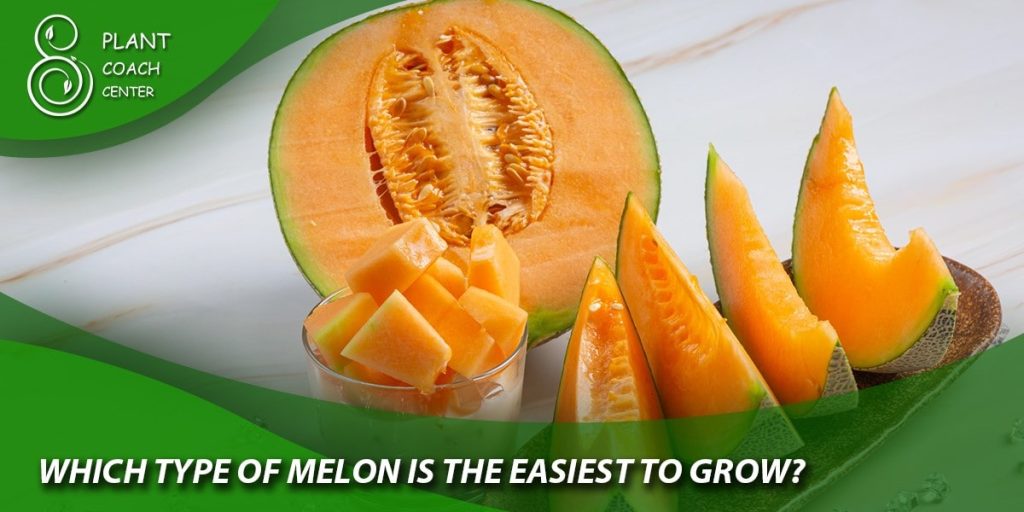
Which type of melon is the easiest to grow?
If you’re looking for the easiest type of melon to grow, many gardeners would recommend the cantaloupe, also known as muskmelon. Cantaloupes are warm-season crops that do well in most home gardens given the right care and conditions.
Here are a few reasons why cantaloupes are relatively easy to grow.
1. Adaptability: Cantaloupes adapt well to various soil types, although they prefer well-draining soil with plenty of organic matter.
2. Disease Resistance: Many varieties of cantaloupe have been bred for resistance to common melon diseases.
3. Shorter Growing Season: Cantaloupes have a shorter growing season compared to some other melon varieties, usually maturing in about 70-90 days.
How often should I water my melon plants?
Watering frequency for melon plants can depend on several factors including the age of the plant, the climate, soil type, and current weather conditions. However, a general rule of thumb is to water melons deeply but infrequently, allowing the soil to dry out slightly between waterings.
During the seedling stage, it’s essential to keep the soil consistently moist but not waterlogged. Overwatering can lead to issues like damping off, a fungal disease that can kill young seedlings.
Once the plants are established and start to grow vines, you can reduce watering frequency. A deep watering once or twice a week should be sufficient in most cases. However, you should increase watering once the plant starts to flower and set fruit, as this is when the plant’s water needs are greatest. This can be as much as 1 to 2 inches of water per week, depending on the weather.

Always water at the base of the plant early in the day to reduce evaporation and to prevent the leaves from getting wet, which can lead to fungal diseases. If possible, use a soaker hose or drip irrigation system to deliver water directly to the roots while keeping the foliage dry.
What are some signs that my melon plants need more water?
Melon plants often show specific signs when they aren’t receiving enough water. Here are some indicators that your melon plants might need more hydration:
1. Wilting Leaves: If the leaves on the plant are wilting or drooping, particularly in the morning or evening when temperatures are cooler, this is often a sign that the plant is not receiving enough water.
2. Yellowing Leaves: Leaves that are turning yellow may indicate that the plant is under-watered (though it could also suggest other problems like nutrient deficiencies or disease).
3. Stunted Growth or Reduced Fruit Size: Insufficient water can hinder the growth of the plant and the development of the fruit. If your melon fruits are smaller than expected or the plant’s growth seems stunted, it may need more water.
4. Dry, Cracked Soil: If the soil around your melon plant is dry and cracked, this is a clear sign that the plant needs more water.
5. Premature Fruit Drop: If your melon plant is dropping fruit before it’s fully mature, lack of water could be a contributing factor.
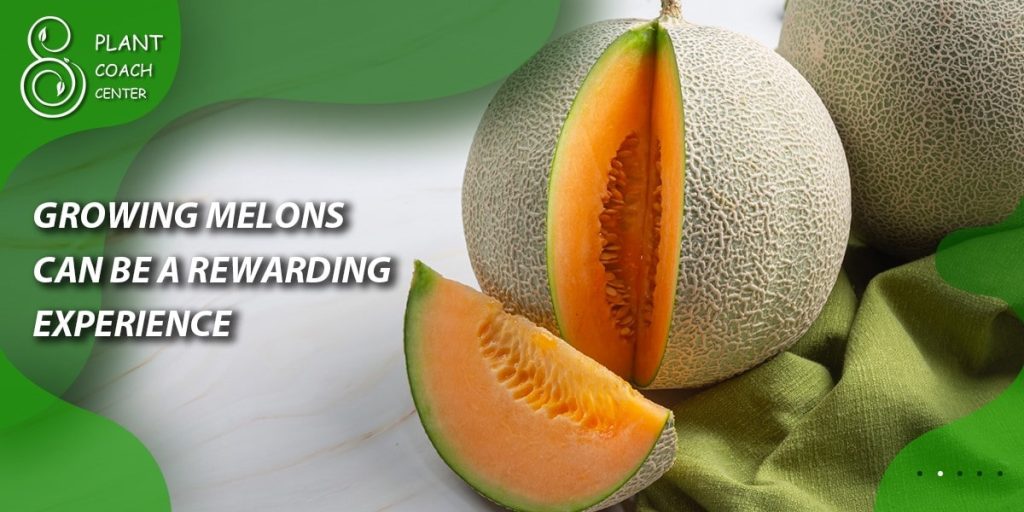
Conclusion
Growing melons can be a rewarding experience, especially when you get to enjoy the sweet, juicy fruits of your labor. Understanding how melons grow is the first step in successful cultivation. With the right conditions and care, you can enjoy a bountiful melon harvest right in your backyard. So, the next time someone asks you “how do melons grow?” you’ll not only know the answer, but you’ll also have the know-how to grow them yourself.
Do melons need full sun?
Yes, melons need at least six hours of sunlight each day to grow optimally.
How long does it take a melon to grow from seed?
From sowing to harvest, it typically takes about 70-100 days for a melon to fully mature, depending on the variety.
Can melons grow in any soil type?
Melons prefer well-drained soil rich in organic matter with a pH between 6.0 and 6.8. They do not do well in heavy clay or overly sandy soils.
What are some common pests that affect melon growth?
Aphids, cucumber beetles, and vine borers are some common pests that can affect melon growth.
Are melons frost-resistant?
No, melons are warm-season crops and are not frost-resistant. They should be planted after the last frost date in your area.
How do I know when to harvest my melons?
Melons are generally ready to harvest when they become fragrant and start to slip from the vine easily.


